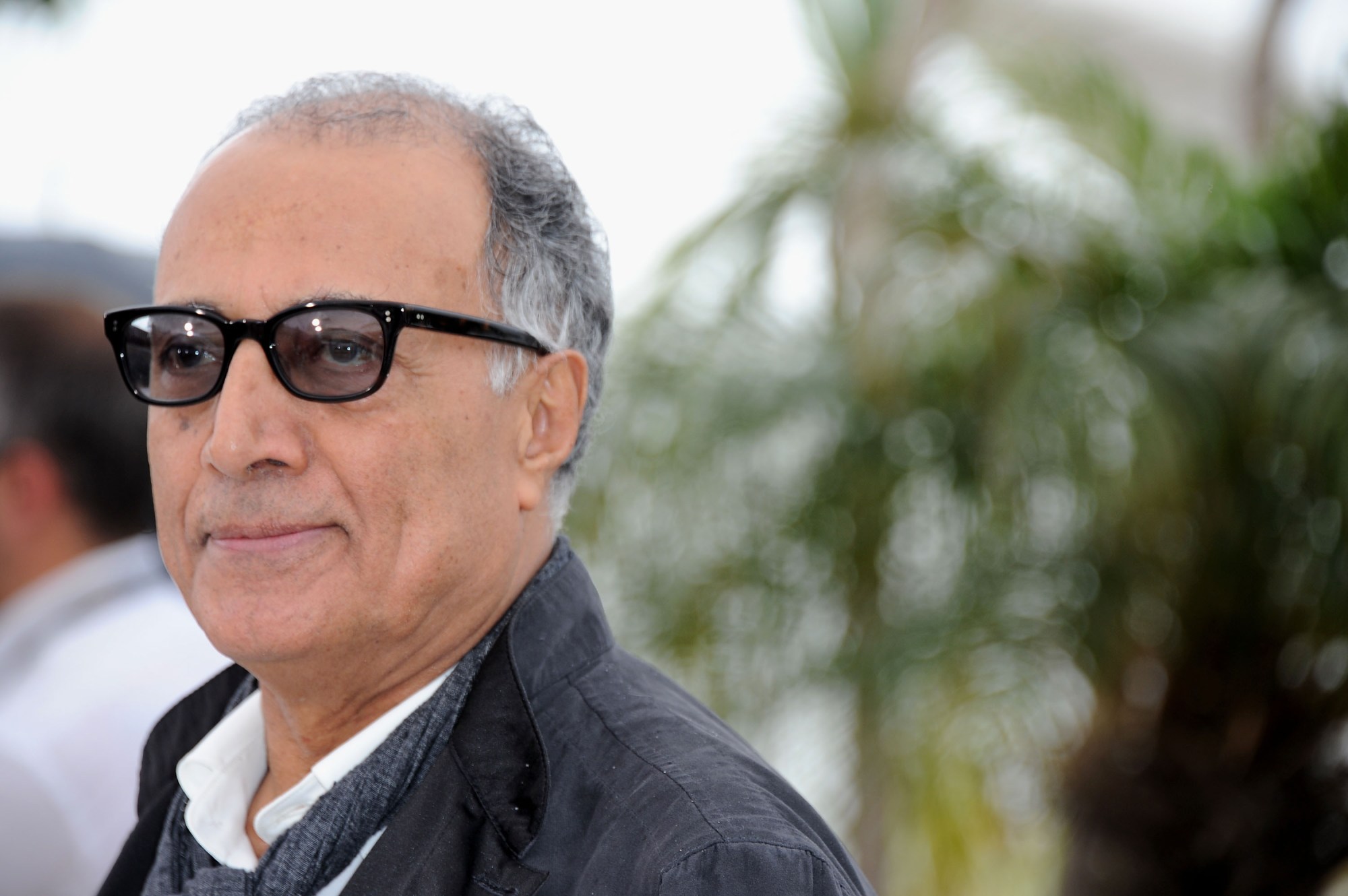
- Film
Abbas Kiarostami – A Remembrance
“Sadly, someone who taught vision to other filmmakers has closed his eyes and cannot see anymore. But the impact of his vision will last forever. Mr. Kiarostami, my teacher, taught us how to see things in our own uniquely different ways.” That was Iranian director and collaborator Jafar Panahi’S moving homage, just a few days after the passing, on July 4th. of his fellow filmmaker and mentor Abbas Kiarostami at age 76, in Paris where he had gone to seek treatment for cancer.
An emblematic figure and godfather of the Iranian new wave, Kiarostami was indeed one who developed and never ceased to readjust a unique form of cinema at its purest in a career that started in 1970. Born in 1940, he attended Tehran University hoping to become a painter. But, after what he called a series of lucky accidents, he became a film director instead. “I had not studied film. I did not see it as my vocation. It was not my ambition. Then at some point, I realized that cinema would be a refuge for me and that film would be the medium in which I could best express myself.”
Kiarostami first dabbled in commercials and shorts, until his first feature in 1977, The Report. From then on, influenced in part by Italian neo-realism, he constantly combined and manipulated elements of reality, documentary-style, and fiction, blending them with immense humanism and hypnotic poetry, setting his movies mostly in real locations and using real people, not professional actors, often insisting that he was not a storyteller. He knew how to invent a structure that would be dialectic and assertive, fueled by an emotion coming from the very insecurity of the situation happening on screen.
After the 1979 Revolution, he chose to remain in Iran, managing to still work quite freely. “The government is not in my way, he claimed, but is not assisting me either. We lead our separate lives.” While his movies were officially banned at home and only accessible there through pirate DVDs and underground screenings, they were getting more and more attention outside his homeland and much praise from the western world. Soulful, enigmatic human stories rooted in his home soil.
Films like Where Is the Friend’s home? (1987), And Life Goes On (1992) Through the Olive Trees (1994), The Wind Will Carry Us (1999),and two of his most acclaimed, masterpieces, Close Up (1992) and Taste of Cherry (1997). The latter, about a man driving around looking for someone to bury him after his suicide, won the Palm D’Or in Cannes that year.Jean-Luc Godard made the definitive statement that “Cinema begins with D.W. Griffith and ends with Abbas Kiarostami.” Martin Scorsese, added that he simply “represents the highest degree of cinema.”
In parallel, he produced and wrote numerous screenplays for other Iranian directors, notably Jafar Panahi’s The White Balloon and Crimson Gold. His last two features were filmed outside Iran because of the restrictions imposed by the Ahmadinejad regime.He went to Tuscany to direct Juliette Binoche in Certified Copy, for which she won the best actress award at the 2010 Cannes Film festival. Two years later, he chose Tokyo, “a place that was neither Muslim nor Western”, for the setting of what would be his last film, Like Someone In Love, with an all-Japanese cast. A film he insisted had “no beginning and no end.”
“The world is my workshop, he told The Guardian.It’s not my home.” Even though he was still hoping one day to do more films in Farsi in Iran, at the time of his death he had been working on Walking With the Wind, a project to be filmed in China, a film he cryptically summed up as being “about impossible love.” Sleeping only four hours a night, he was constantly looking to expand and push his limits. A need bred by his “crucial, fundamental lifelong restlessness.”
In recent years, he had been doing more experimental work, a sample preview of which he showed last December at the Marrakech Film Festival, presenting two short films, extracts from 24 Frames, a collection of twenty four four-and-a-half minute tableaux shot over a three year period that has yet to be seen and shown in its entirety.
Despite his image as an austere aesthete and a reputation as a high-end intellectual whose intense gaze was most often hidden behind dark glasses, those close to him describe a man who enjoyed driving his convertible, quite a seducer and an epicurean bon vivant; someone who admittedly found great inner peace doing carpentry. He was also an avid photographer and a prolific poet, adapting traditional classical Persian poetry into haiku-sized compositions. To give an idea, just three, taken at random from the volume A Wolf Lying in Wait, each a richly evocative invitation to meditate and reflect in an elegiac and haunting way.
The more I think,
The less I understand
Why the truth should be so bitter…
and this one:
I feel free
To chose
My suffering
And
The more I think
The less I understand
The reason to fear death so much.
Once, when questioned about the possible common thread linking his movies and how they should be perceived, Abbas Kiarostami responded: “It’s not conscious, but now that one can see all my films as a body of work, it seems that they all talk of the same things. Someone said that basically every filmmaker makes only one film in his lifetime, but he cuts it down and offers it in cinematic installments to his audience over a period of time…” Except now, mourning cinephiles and fans around the world will never get to see what another chapter could have revealed.

